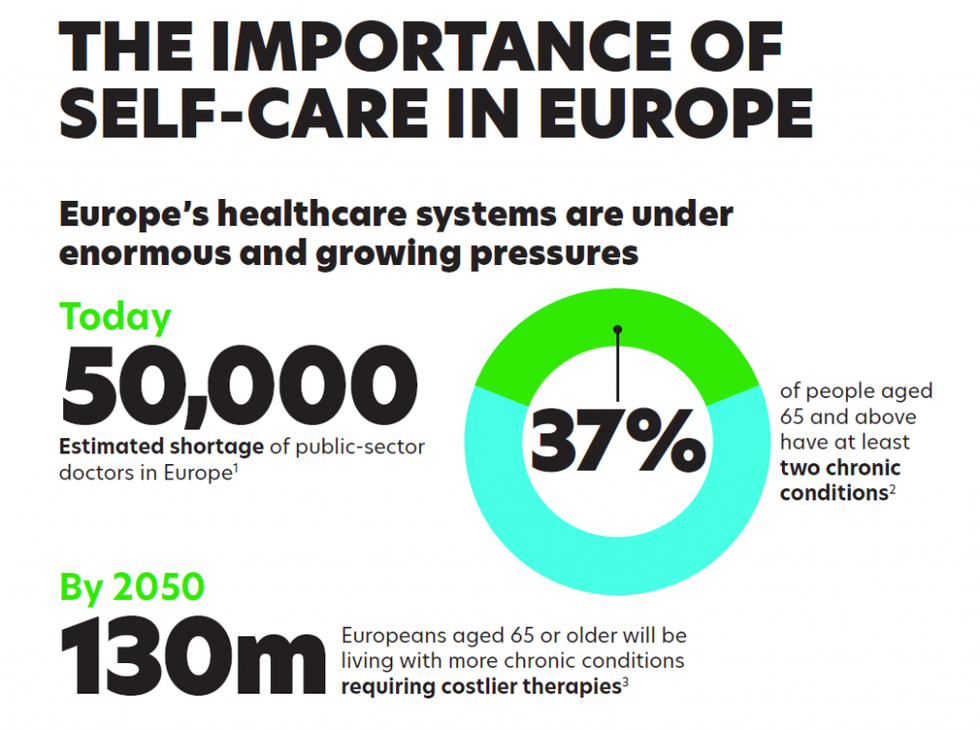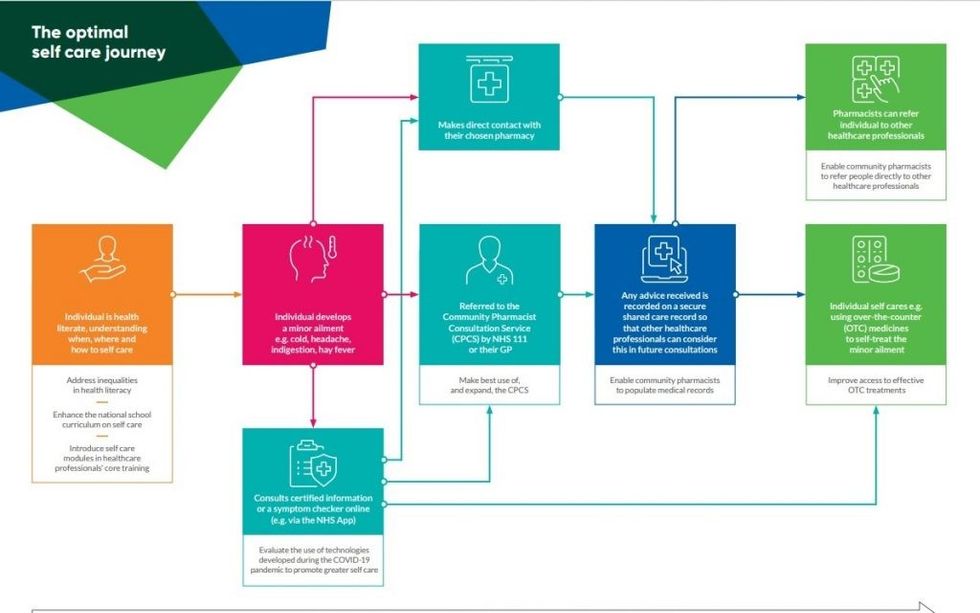Mayank Patel discusses how investing in technology early has allowed him to grow his business and build better relationships with patients...
It’s no secret that as pharmacists we are navigating a new and more demanding healthcare landscape. Our role has changed significantly since the start of the 21st century due to increased expectations from the public, advances in science and technology and changing workforce pressures.
The Community Pharmacy Contractual Framework for England has placed a higher focus on clinical service. In addition, the Covid-19 pandemic resulted in significant acceleration in changing how we work day-to-day and the public perception of our role.
Community pharmacy owners and staff have been under relentless pressure for the last two years. Dispensing volumes are continually increasing but dispensing revenues are being replaced by launching new services. We must find solutions to reduce the time it takes to dispense medication so we can focus on these new revenue generating services.
To not just succeed, but to thrive, it is becoming increasingly important to understand and embrace the technology available.
While the proposals in the Medicines and Medical Devices Bill on rolling out hub and spoke across community pharmacy is still undergoing public consultation, pharmacists should get ahead of any decision making and explore the right options for their businesses.
There are quite rightly concerns about the impact of the bill among some pharmacies however, in my experience, there are affordable and viable technical solutions out there which are accessible for all pharmacies, regardless of size.
At Pearl Chemist Group we didn’t just invest and implement all the technology we have overnight, we found scalable solutions that allowed us to grow the business so we could then take the next step on our technology journey.
It’s a journey we have been on for just under five years. We quickly realized the more automation we adopted the busier our branches got and the more capacity we had to generate revenue through clinical and private services.
On top of this patients were better cared for by our clinical teams. We started by automating the production of our monitored dosage system (MDS) packs, grew that and then turned our focus to automating the repeat dispensing process for our original packs.
We now have two hubs based in Tooting – one providing MDS prescriptions to branches and the other providing fully bagged and labelled repeat prescriptions to branches. By centralizing these services our highly skilled staff in branches are now free to focus on providing face to face patient care at the counter as well as other private services which generate revenue.
We know the key to success for our team’s job satisfaction, and staff retention, was to reduce the time they spent on non-clinical, administrative work so they could focus and spend time doing what they had trained so hard to do.
Our latest investment has been Centred Solution’s innovative hub and spoke technology. Previously our repeat prescriptions were administered, labelled and sorted manually by staff across all the branches, significantly reducing the amount of time these skilled staff could spend at the counter with patients. It used to take staff an average of 5-10 minutes to put together one repeat prescription. We knew this had to change.
We initially invested in Centred Solutions FlowRx Connect product. This software takes information from our Proscript Connect PMR and allows items for up to 30 prescriptions to be picked at once from our Omnicell robotic dispensing system (RDS). The medication is placed in a tote, with hub staff adding fast moving lines as it comes off the RDS conveyor.
We ran this way for several months with hub staff using the same software to scan medication and add the patient specific label before placing it into a sorting area which used Centred Solutions RFID technology to then be bagged for the patient and then placed in a tote ready to be delivered to the store which used FlowRx Instore.
But the great thing about Centred Solutions three pharmacy automation products is they are fully scalable so pharmacy can invest and implement the technology at their own pace. At the end of last year we invested in their automated labelling unit FlowRx Hub. Now the picked medication can be taken from the tote and placed on the labelling unit conveyor.
The labelling unit connects to the software and medication is scanned and labelled for the correct patient at a rate of 25 packs per minute. The pack is then sorted by hub staff in the same way.
The hub now runs 5 days per week with 4 hub operators and on an average week produces over 18,000 packs for 3500 patients.
Because this manual, time consuming task is now centralised and automated, highly-skilled staff in our branches spend their time offering advice and support to patients as well as providing additional value add services in line with the goal we set when we began our automation journey.
Centralising our repeat prescription services with FlowRx technology has also resulted in stock savings too. Previously, individual branches were over-ordering through no fault of their own and holding surplus stock. Each branch would also spend a significant amount of time stock checking, managing, ordering, invoicing and putting stock away.
With 20 branches this work was being duplicated in each pharmacy. We needed a better system to reduce the amount of time spent in branch managing the stock process and the amount of stock sat on the pharmacy shelves. Now our stock management is centralised and the single point stock purchasing approach has led to less wastage and better stock control.
In my experience, centralised dispensing facilities combined with technology are key to helping pharmacists cope with increased demand for medicines as a result of an ageing population, to enable them to spend more time on face-to-face patient care, to improve the safety and efficiency of the pharmacy workflow and to expand your business while making significant financial savings.
My advice would be to act now and put yourselves in the driving seat of change. There are solutions out there that allow you to start small and embed the foundations while your business grows. From those foundations you can then build bigger and stronger.
(Mayank Patel is director and superintendent pharmacist at Pearl Chemist Group.)















 Graphics courtesy: PAGB
Graphics courtesy: PAGB